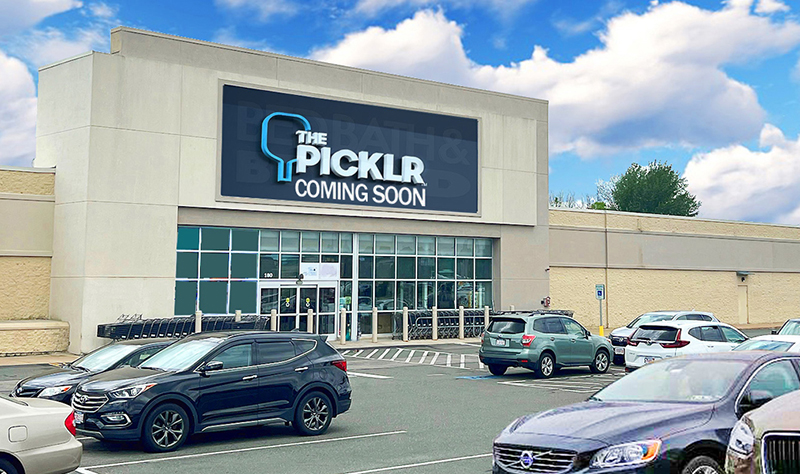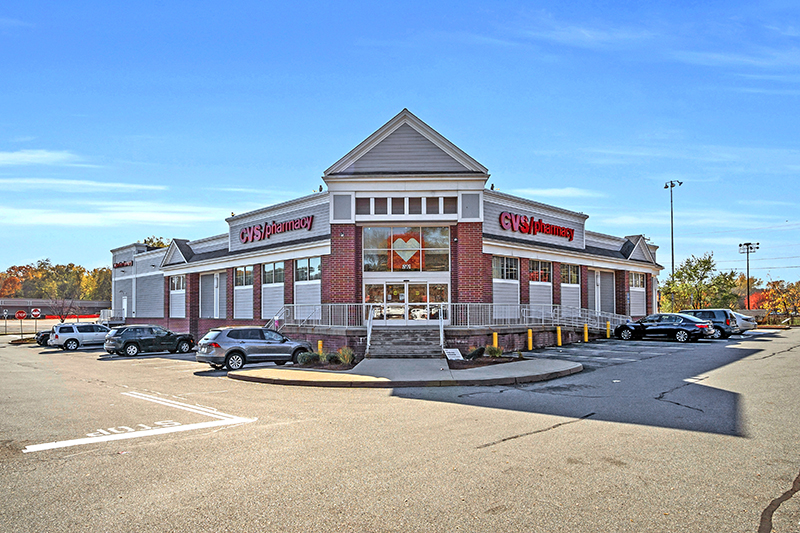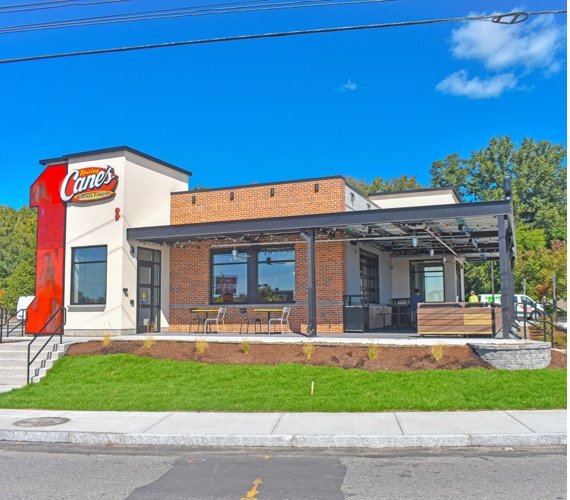News: Retail
Posted: January 21, 2010
Environmental hazards inside buildings: PCBs are back in the news
A health risk to building occupants from polychlorinated biphenyls, or PCBs, is coming back into the news; and this can be particularly bad news for building owners. It turns out that the caulking material used to fill seams, cracks and void spaces in buildings often contained high concentrations of the persistent environmental contaminant PCBs. This turns out to be a concern for buildings constructed, repaired or added to in the period between approximately 1950 and 1978; PCBs were banned after this time.
PCBs are oily mixtures of chemically related compounds that are insoluble in water. They were used as plasticizers in caulk because their exceptional chemical stability helped the caulk to remain pliable over extended periods of time. The EPA has been aware of the use of PCBs in building caulk (and in paint) for decades, but has not been assertive in regulating this material, until recently.
So why the problem now?
A number of studies conducted over the past 10 years have demonstrated a relationship between the presence of PCBs in caulk and PCBs in indoor air inside of buildings. No one has shown that these very low concentrations of PCBs in air actually pose a health hazard, but in a number of cases EPA has taken an adamant position that any exposure to PCBs in air (particularly inside of schools) is hazardous to human health.
The EPA has been urging school systems to become aware of the potential for PCBs in caulk and paint and to take steps to limit possible exposures. Of course this comes at a time when public and private schools are strapped for funds and the complex federal PCB regulations can make fixing the problem an expensive and confusing experience.
Is this a problem for commercial and residential buildings?
The problem with PCBs in caulk (and paint) is not limited to schools. Like asbestos insulation, PCBs in caulk becomes a more visible problem when buildings are demolished or renovated. In certain cases, building owners have had to take steps to aggressively remove PCB-containing caulk from buildings that were still in active use. Removing the caulk is a labor intensive process, and because PCB concentrations in the caulk can be high (over 10% in many cases) the work needs to be done by workers who have been trained in accordance with OSHA's hazardous waste workers standards.
As is the case with asbestos, there are no regulations requiring building owners to remove PCB-containing caulk from buildings. However, the EPA has used certain provisions of the PCB regulations to effectively force owners to undertake expensive caulk removal projects.
An additional problem with PCBs in caulk if that over long periods of time the PCBs diffuse out of the caulk and into the surrounding building materials like wood, plaster and concrete. These building materials must then be handled as PCB-containing waste during a caulk removal or building demolition/renovation project. In fact, the requirements for the disposal of the surrounding building materials may be stricter than the requirements for disposing of the more concentrated caulk itself. Such are the peculiarities of the PCB regulations!
Are PCBs in building caulk a recognized environmental condition?
Building owners may assume that if PCBs are present in a building, then this would have been identified in an environmental site assessment (ESA) report. However, odds are that this is not the case since many ESA reports contain a limitation specifically excluding PCBs.
ESA reports generally adhere to ASTM guidelines. ASTM has developed the "All Appropriate Inquiry" site assessment standard that, when followed provides some immunity to purchasers for possible Superfund liability. In accordance with the ASTM standard, Recognized Environmental Conditions (RECs) are identified and described in a site assessment report. As of now, there is not a clear consensus in the site assessment practice as to whether PCBs in caulk represent a REC. The definition of REC may include PCBs in caulk, but the current state of the practice is that caulk is not assessed unless the specific testing required is requested.
As of now, there is no generally accepted practice for identifying PCBs in caulk or for managing it once it has been found; each situation is handled on a case by case basis. Based on past experience, it is likely that the USEPA and possibly state environmental agencies will move to develop additional regulations and guidance in this area.
James Okun is a principal at O'Reilly, Talbot & Okun Associates, Inc., Springfield, Mass.
Tags:
Retail
MORE FROM Retail
Mace of KeyPoint Partners negotiates 36,192 s/f lease for The Picklr at Endicott Square
Danvers, MA KeyPoint Partners (KPP) negotiated a lease with the nation’s premier indoor pickleball venue The Picklr at Endicott Sq. Vice president of retail brokerage Don Mace negotiated the transaction on behalf of the landlord.




.jpg)


.png)
